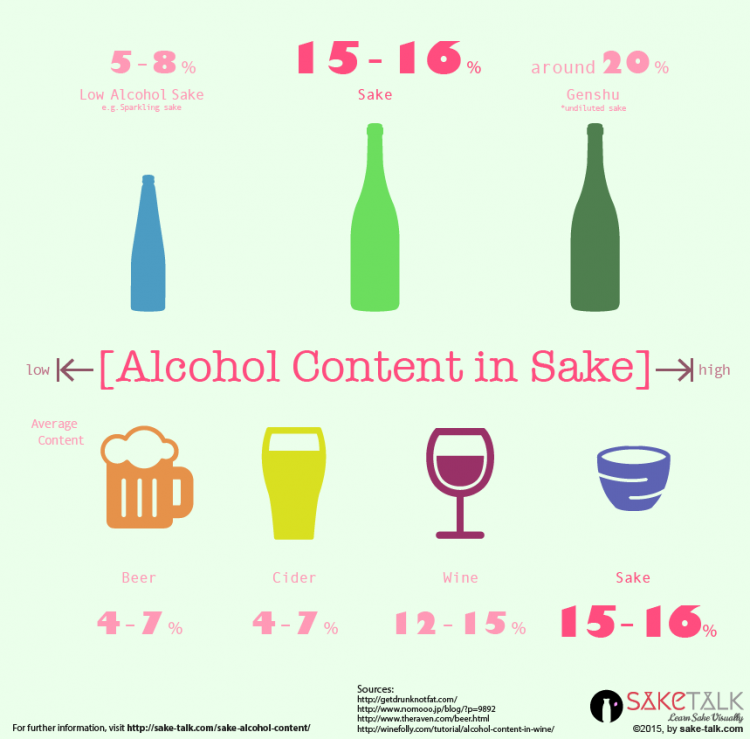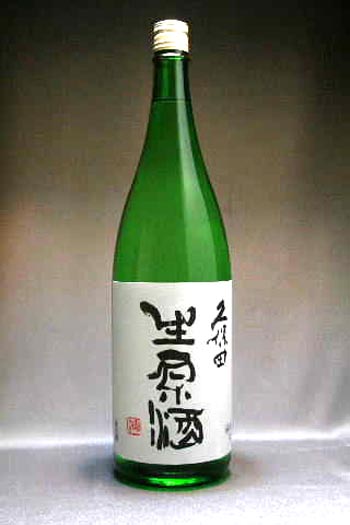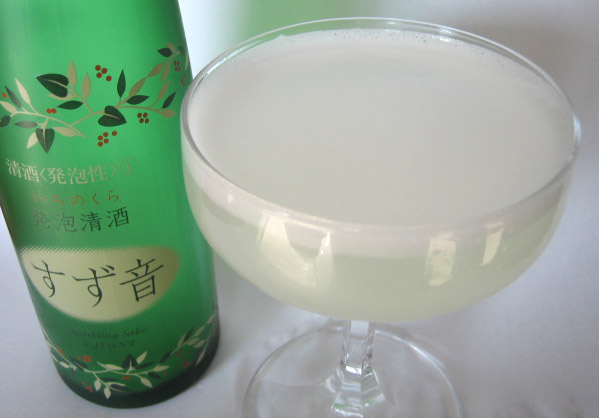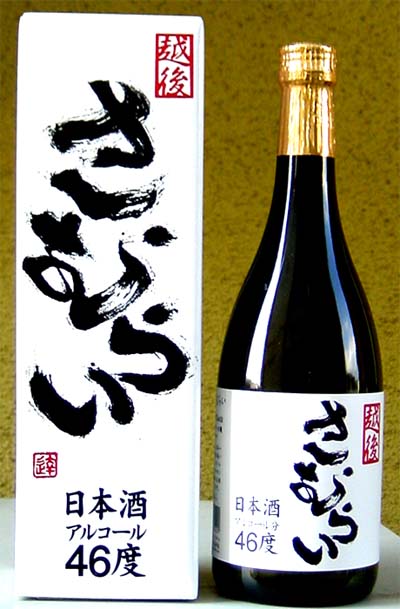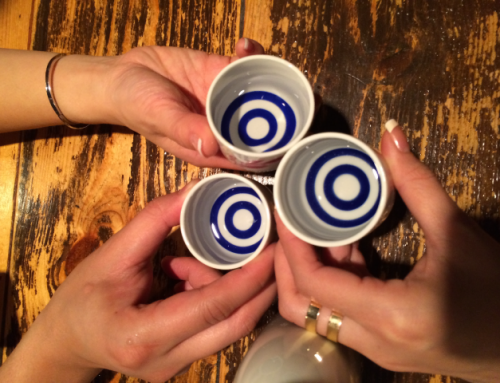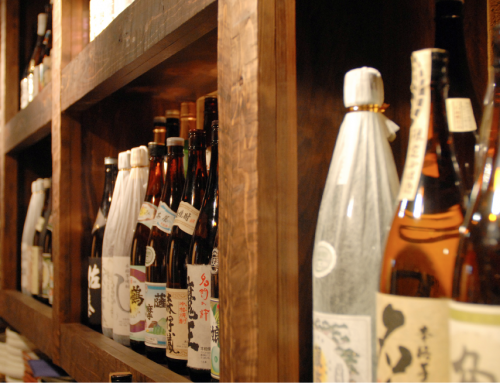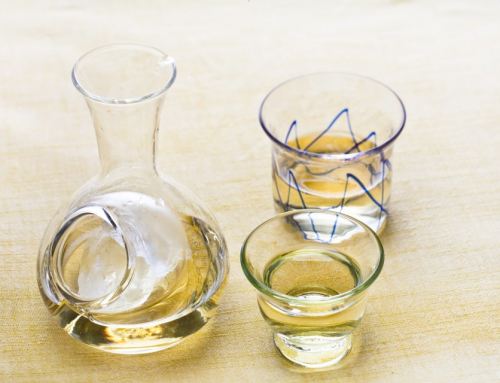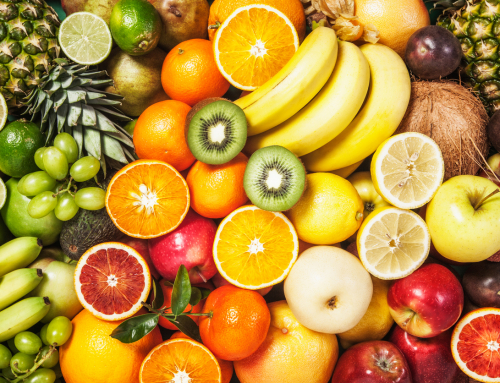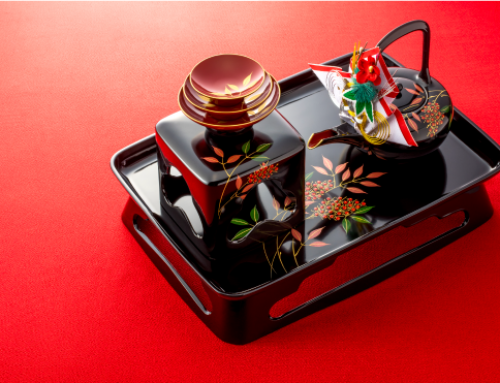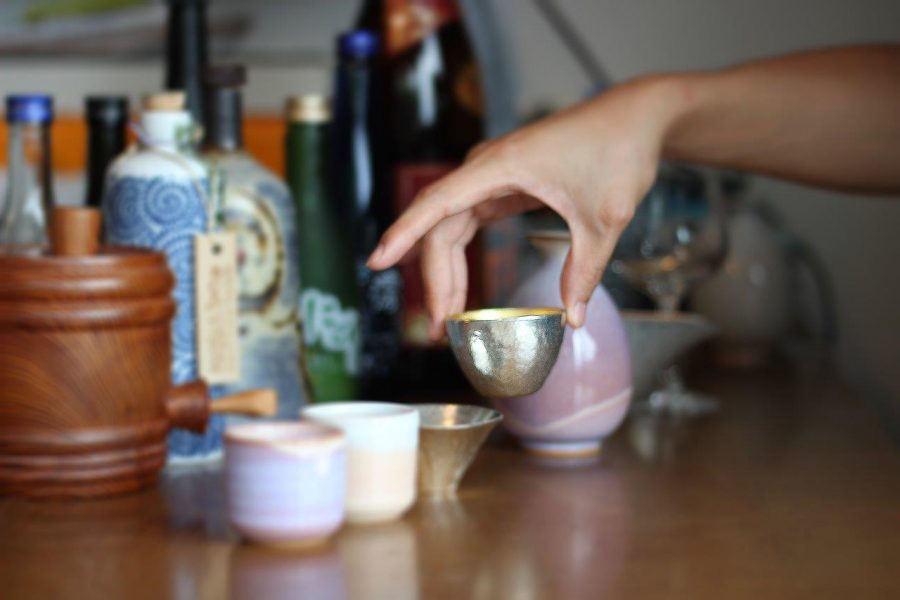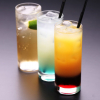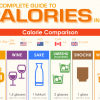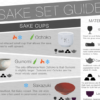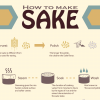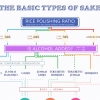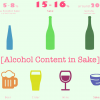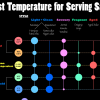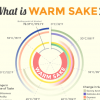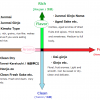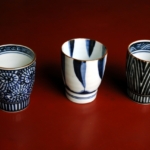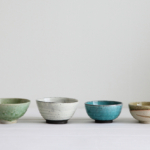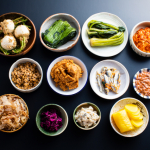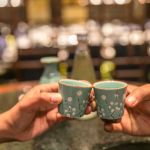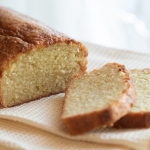Contents
- 0.1 Sake Alcohol Content Must Be below 22%
- 0.2 Sake Has the Highest Alcohol Content?
- 0.3 Doesn’t sake go over 20%?
- 0.4 Why is Sake Alcohol Content so High?
- 0.5 Sake with High ABV – GENSHU
- 0.6 Sake with Low ABV
- 0.7 Sake with 46% ABV?
- 0.8
- 1 SAKETALK Shop has the largest selection of Sake set for worldwide customers!
Sake alcohol content is 15-16% on average; the highest among world’s fermented beverages (e.g. wine and beer). Why is Sake alcohol content so high? Are there any Sake types with lower and higher alcohol content than average?
Here’s the complete guide to Sake alcohol content!
Sake Alcohol Content Must Be below 22%
The average Sake alcohol content is 15-16%. Liquor Tax Law in Japan provides that Sake alcohol content (alcohol by volume i.e. ABV) must be below 22%.
Also, the current liquor tax on Sake is 216 yen/1.8L bottle. Before the tax reform in 2006, the tax for Sake with 15-16% alcohol content had been 253 yen/1.8L, with an additional tax of 17 yen imposed on each 1% increase in alcohol content. Sake breweries might have set Sake alcohol content to be around 15-16% to avoid extra tax.
Sake Has the Highest Alcohol Content?
Sake has the highest alcohol content among world’s fermented beverages (e.g. wine, beer, and cider). Spirit or liquor like whiskey and vodka is distilled from fermented beverage to increase alcohol content thus not brewed.Sake is brewed to approx. 20% alcohol content, and then diluted with water to lower the alcohol content to around 15-16%.
Doesn’t sake go over 20%?
In Sake making, yeasts convert glucose (sugar) to alcohol. However, yeasts die when alcohol content goes beyond 20%. Thus, Sake alcohol content technically doesn’t go beyond 20%.
FYI, sweetness/dryness of Sake depends on how much yeasts consume sugar. When yeasts have consumed only a little sugar and Sake is pressed, sweet Sake will be made. When yeasts have consumed lots of sugar and Sake is pressed, dry Sake will be made (After all, Sake will be diluted after pressing.).
Why is Sake Alcohol Content so High?
Sake’s high alcohol content is attributable to its unique multiple parallel fermentation. Alcohol is made as yeasts consume sugar. To reach this high alcohol content, a great amount of sugar is required. However, too high sugar density will kill yeasts, ceasing fermentation in Sake.
Multiple parallel fermentation is where starch in rice is converted to sugar while sugar is converted to alcohol simultaneously. This process keeps sugar density at a balanced level, achieving the high alcohol content.
Sake with High ABV – GENSHU
After fermentation, Sake is normally diluted with water to adjust Sake ABV (alcohol by volume) to 15-16%. Genshu is undiluted Sake with 20% Sake alcohol content. Its characteristic is strong, rich flavor.
Sake with Low ABV
In recent years, Sake with low alcohol content has gained increasing popularity, especially with female drinkers. Its ABV ranging from 5-13%, low alcohol Sake often comes as sparkling Sake with sweet flavors and clean textures.
Sake with 46% ABV?
I’ve mentioned that Sake alcohol content is 20% at highest. However, Echigo Samurai made by Tamagawa Sake Brewery in Niigata Prefecture has 46% alcohol content. 2-year aging additional alcohol made from rice is added to Junmai Ginjo Sake to reach this alcohol percentage. As Liquor Tax Law in Japan provides that Sake alcohol content must be below 22%, Echigo Samurai is classified as a liqueur.
Source:

